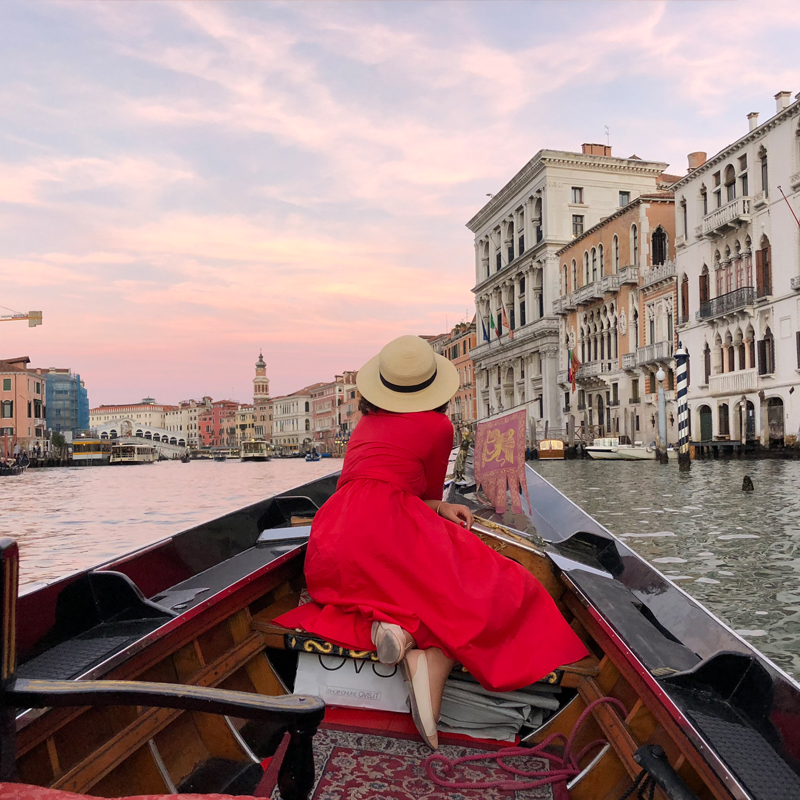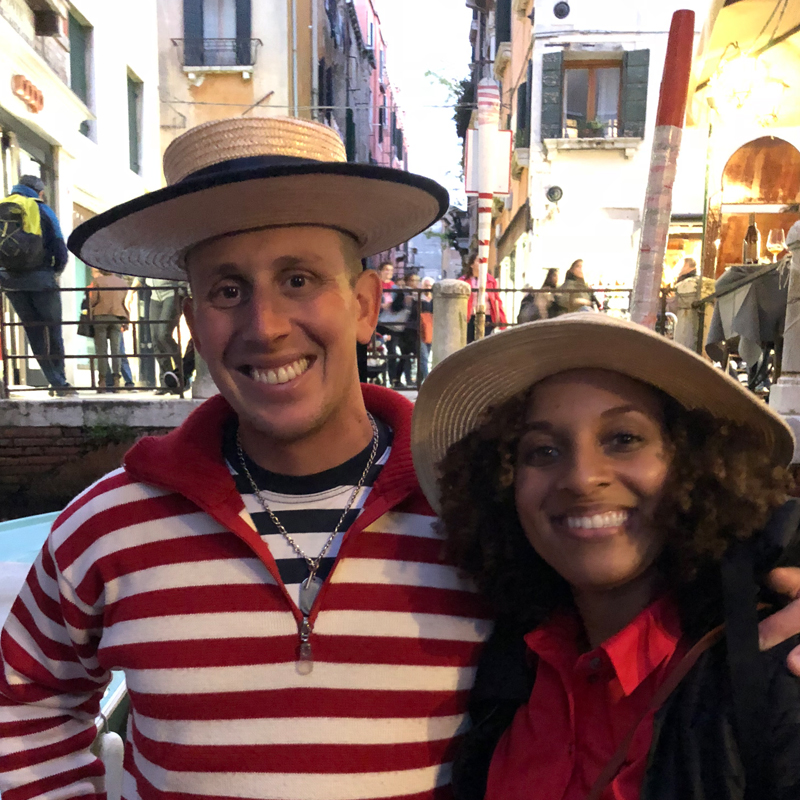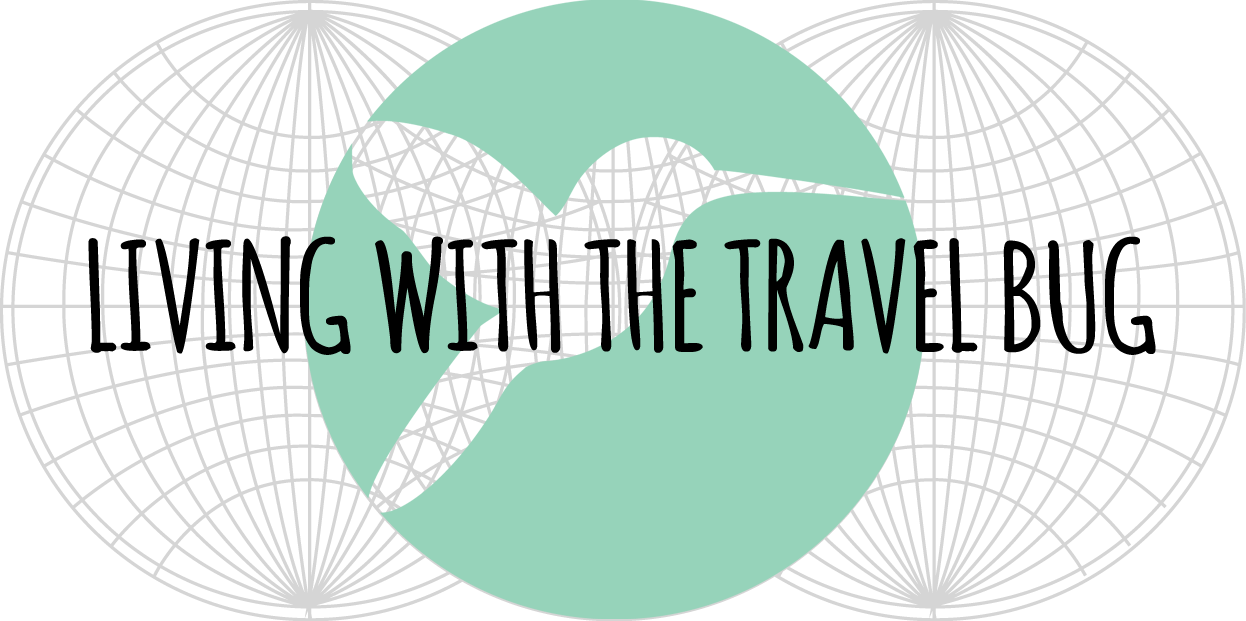
If ever there were a magical place in this world, it’s Venice.
No matter how many movies you’ve seen or how many times you’ve imagined yourself sitting in that gondola drifting along on the canal, I promise you’re not yet prepared for the beauty of this wildly unique “floating” city.
Venice’s story starts as early as 400 A.D., and looking around the place, you can feel the vibe of ancient life there, as not terribly much has changed about the city’s overall aesthetic in the last thousand-plus years. It’s a living relic, really. And its inhabitants go about their daily lives as naturally as though they’ve been doing it for generations and generations, with boats delivering fresh produce for the grocery stores, boat “taxis” taking residents to work and garbage boats doing as quotidian a task as picking up trash.
Everything is tied to the water in Venice, which is a beauty in its own right, but also a force to learn to reckon with if you catch the city at a bad time.
Here are a few things to know before heading to Venice—including where to eat, pro tips and tricks, and what to do come hell and high water.
Plan around the city’s flood season
Venice floods. Often. Actually, almost every year, particularly during flooding season, which runs from October to January. This year, the city faced its worst flood in as much as a decade, with waters coming up waist high on people trying to navigate the city, and ground-level business trying to stay afloat amid the rush of water. And it happened the very evening we left town.
This phenomenon, known as high water, has plagued Venice enough times that the city knows what it needs to do, for the most part. When the waters aren’t waist high, city officials put risers throughout the main walkways and around key places like St. Mark’s Square, where you’ll be able to walk a few feet above the water to get where you need to go. Keep in mind, when there’s high water in Venice, it’s harder for the gondolas to get around under bridges they have to duck to pass under even when the water is at a normal level. The upside to heading there during flood season, though, is that the city is far less overrun by tourists, and it’s quite possible you won’t experience any flooding at all. Just keep an eye on what’s happening with the weather and the water.
How (and where) to get on a gondola

OK, so this gondola thing. It’s either a must do since you’re in Venice or so terribly cliché and you refuse to do it on principle. If you’re in the latter camp, I’m not sure Venice is really for you, but that’s your call. The standard fare for a gondola ride in Venice is 80 euro, or a little more than $90. That price is for the whole gondola, not per person, so if you’re going with a group (I believe the gondola can hold five or six people) then it’s not too bad once you split it up.
Now, here’s the part to note. That 80 euro is supposed to get you a 30-minute ride, but that part won’t always be guaranteed if you don’t pay close attention to what I’m about to say: a gondolier stationed on a main drag, like along the Grand Canal, will almost always have a line of tourists waiting for him to take them for a ride literally, which means he has the opportunity to take them for a ride figuratively, too, if you know what I mean. This gondolier, who knows exactly where his next euro is coming from, might give you a 20-minute ride and pull right back into dock and act like all is right in the world. And it will be hard for you to protest at that point. We learned this the hard way. The ride was 20 minutes, including the terrible too-blurry-for-use photo he shot of us before pulling into the canal, and until the gondola was back at a complete stop kicking us out to let the next round of euro-toting tourists in. It was a complete racket.
The trick, it turns out, is to find a gondolier somewhere on the sidelines. One that’s posted near to a restaurant down some cobblestone alleyway, or one that’s at the side of a building under a bridge. Those gondoliers don’t have a line of eager riders at the ready, so they’re more inclined to take their time and give you your full ride. That’s what we did for our second ride (I know, we paid the fare twice (insert facepalm emoji), but yolo, right?). However, it was beautiful, lasted almost 35 minutes, went down completely untrafficked canals and included some insightful info about some of the oldest buildings in Venice. I’d say to look for Marco for your ride, as he was great, but that likely won’t help you much since it’s one of the most popular Venetian names. You know, they’re big on Marco Polo there. (He’s pictured above just in case, since they’re not allowed to carry business cards and have to rotate their posts fairly often).
The most important thing to take note of, is just how stunningly quiet a gondola ride can be. It’s just you, the gentle rolling sound of the water and the romance of it all.
Where to stay
There are all different kinds of places to stay in Venice, but I’d recommend going for an Airbnb here to experience a bit more of what it’s like to live in the city. And I’d recommend one in particular: Ca’ Dei Fuseri. It’s a bed and breakfast located right near everything. It’s a five-minute walk to the Grand Canal and its famed Rialto Bridge, and another five or so minutes to St. Mark’s Square. The breakfast is a quaint—and very Italian—croissant with cappuccino, plus fresh juice and yogurt. You can also get tea instead upon request. The place is sweet and clean and convenient, and Stefano, the proprietor, is lovely and very helpful. If I ever return to Venice, I’d stay right there again.
Where to splurge on breakfast
Naturally, anything along a main tourist drag isn’t likely to be the best meal you’ll have for the trip, but sometimes it’s worth it to try one of these spots anyway. Weather permitting, have one of your first meals in the city at one of the restaurants along the Grand Canal, like Ristorante Florida Venezia, where you’ll take a load off after dragging your suitcase along cobblestones, through alleyways and hoisting it over ancient steps to get to where you’re staying. But sitting outside, right next to gondoliers doing what they do, taking in the scene along the canal and watching travelers traverse the Rialto Bridge, is a beautiful way to let Venice wash over you when you first arrive.
Where to save on lunch
Once you’ve done the tourist thing for your first meal, get savvy and realize there are a few ways to save on food in Venice. One of those being Pasta & Sugo. It’s Venice’s version of “street food,” which really means your choice of freshly made pasta, in your choice of sauce, with your choice of toppings, cooked fresh in front of you for 7 euro ($8). It was so good we went there twice in three days. If you opt to stay at Ca’ Dei Fuseri (noted above) you’ll make two lefts out of the apartment and be there within 30 seconds. Quick, convenient, cost-effective and honestly still making me salivate after the fact.
*Why you’ll need to act in the moment
I’ll leave you with one last tip. There are shops everywhere you turn in Venice. And you’ll be making a lot of turns as you stroll the city that’s far from being laid out in a grid. Sometimes you’ll end up back where you started without even realizing you’ve made a circle. It’s an easy place to get lost, which means it’s a challenging place to find things again. If you see something you want somewhere, buy it on the spot, because your travel companions won’t likely be keen to help you look for something you saw in a shop that looked much like all of the others on a street that looked much like all of the others when you “think it was somewhere back that way.”
